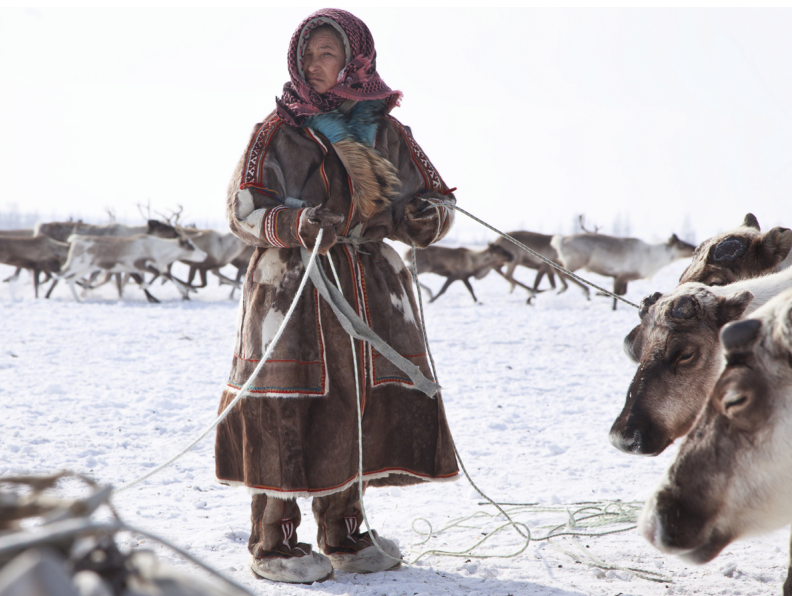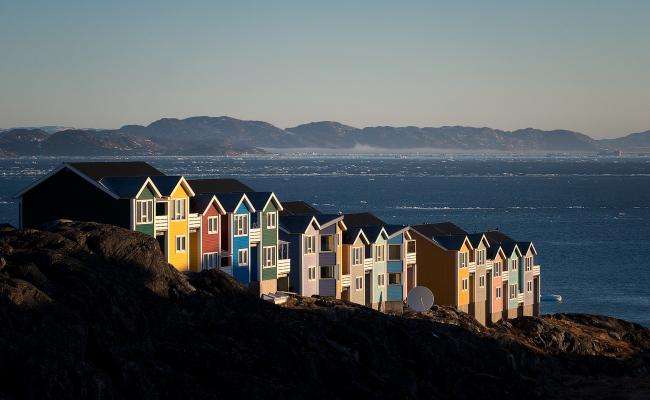Commentary: Arctic 2050: A New Report Unveils Four Scenarios for the Future of the Arctic

In 2019, The Sámi Arctic Strategy "Securing enduring influence for the Sámi people in the Arctic through partnerships, education and advocacy" was released. The 71 strategy argues for human-centred, sustainable Arctic development which is respectful of environment. (Photo: The Arctic 2050 report).
A newly released ”Arctic 2050: Mapping the future of the Arctic” collaborative report between Nord University and Skolkovo Moscow School of Management studies possible futures of the Arctic Development until 2050.
This report is aimed at inspiring, guiding, and supporting policymakers, business and NGO leaders, especially those in the Arctic states, in their search for a new agenda for the Sustainable Future of the Arctic.
The report elaborates on the Arctic as we know it now, with the main forces as climate crisis, demographic challenges and economic value creation and Arctic technologies and innovations.
The report approaches Arctic development from a social, ecological and environmental point of view, mapping key stakeholders and transforming geopolitical context.
Researchers identified four scenarios of Arctic development inspired by key historical epochs (see Figure below).
In Age of Discovery scenario, fragmented environmental regulation and weak disaster response fail to slow the degradation.
According to Dark Ages scenario, the Arctic becomes a depopulated and devastated industrial site for the ruthless exploitation of exhausted fossil resources.
In Age of Discovery scenario, fragmented environmental regulation and weak disaster response fail to slow the degradation. Natural habitats and the livelihoods of the indigenous people deteriorate amidst an accelerating climate crisis.
In Romanticism scenario, money stops flowing to the Arctic due to the institutional restrictions strengthened. What once was a global magnet for business has turned out to be just like a film location for the National Geographic.
Finally, in Renaissance scenario, nations agree to make exploration of the Arctic – just as much as space exploration – a symbol of international cooperation and humanity’s eternal striving for progress and innovation. Governments agree on standards for doing business in the Arctic, incentivizing the use of the best available technologies, and innovating to prove decoupling is possible. Ambitious dreams attract talent and the Arctic becomes a magnet for those willing to prove that “impossible” is just fake news.
The report inspires to think about long-term solutions for the Arctic development that are respectful of nature, traditional livelihoods, and incorporate the latest technology and innovation advances.
Case studies as part of the report highlight development of Northern Sea Route, LNG projects, Icebreakers, alternative marine fuel (methanol), Arctic connectivity, Arctic indigenous peoples, Mining in the Arctic, Arctic airships and Arctic creative industries.
One of the contributing authors Professor Frode Nilsson from Nord University says about the report:
“In order to generate interest and engagement, the authors have developed a set of possible scenarios that may eventuate. Some may look extreme, or perhaps unlikely. But it will be important to bear in mind while reading the text that the scenarios are presented mainly to stimulate more open thought around “what if…” rather than locking the mindset around a few issues, positive or negative”.
Also read
With the Russian Chairmanship in the Arctic Council starting in May 2021, this report brings yet another message on the importance of finding Arctic solutions for sustainable development through peaceful and engaging multinational cooperation in the Arctic.
“International cooperation should stimulate business to invest more in the Arctic, triggering technologies & innovations development for the efficient use of Arctic resources. Such a vision for the development of the region has no alternative due to the scale of exploitation in the Arctic”, says Alexey Kalinin, Academic Director of the Institute for Emerging Markets Studies at the Moscow School of Management SKOLKOVO.





